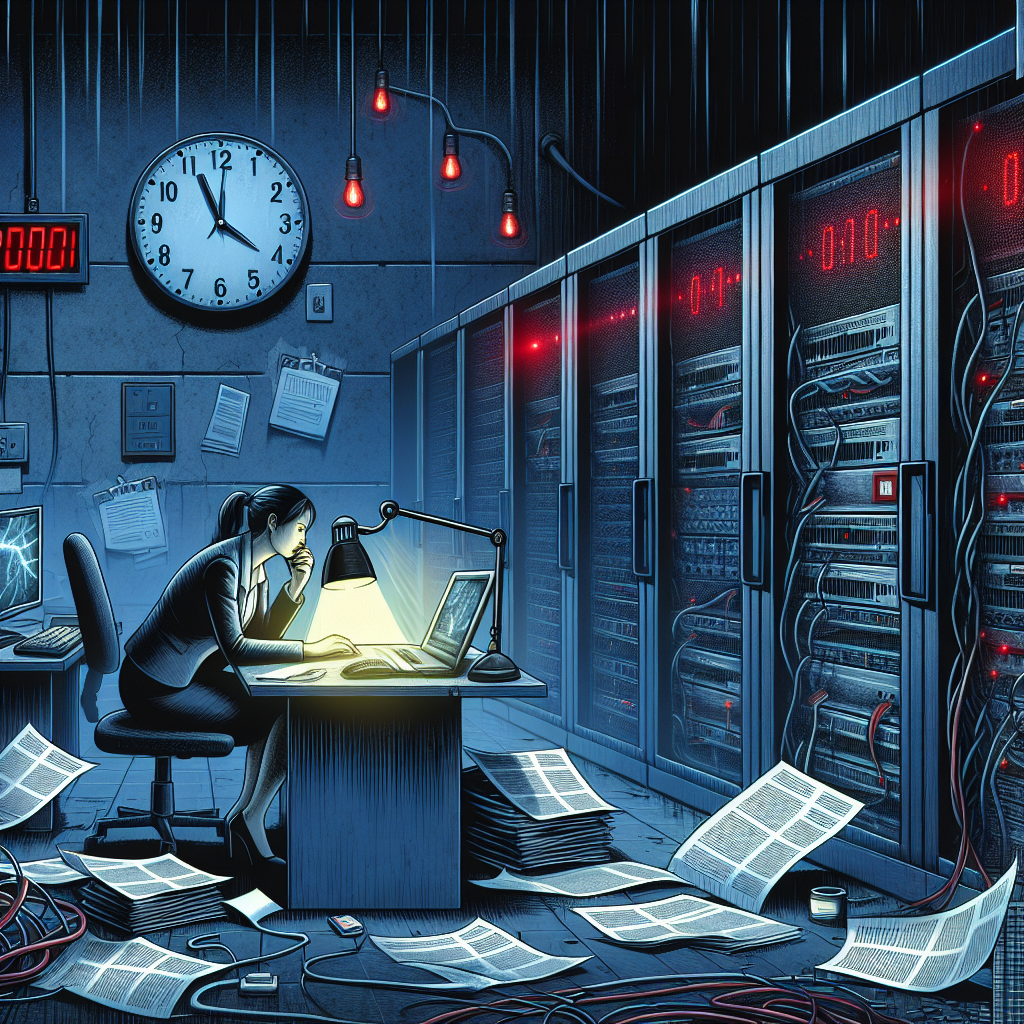Data centers are the backbone of modern businesses, housing critical IT infrastructure and storing massive amounts of data. However, their complex systems and high demands for uptime make them vulnerable to downtime, which can result in significant financial losses and damage to a company’s reputation. This is why data center monitoring tools play a crucial role in preventing downtime and ensuring the smooth operation of these facilities.
Data center monitoring tools are software applications that continuously track and analyze the performance of a data center’s hardware and software components. By monitoring key metrics such as temperature, power usage, network traffic, and server performance, these tools can detect potential issues before they escalate into full-blown outages.
One of the main benefits of data center monitoring tools is their ability to provide real-time alerts and notifications. When a critical system or component starts to show signs of trouble, these tools can automatically send alerts to IT staff, enabling them to take immediate action to resolve the issue before it causes downtime. This proactive approach can help prevent costly outages and minimize the impact on business operations.
In addition to real-time alerts, data center monitoring tools also offer historical data analysis capabilities. By tracking and storing performance data over time, these tools can help IT staff identify trends and patterns that may indicate underlying issues or potential risks. This historical data can be used to optimize system performance, predict future failures, and make informed decisions about capacity planning and resource allocation.
Furthermore, data center monitoring tools can help improve overall efficiency and reduce operational costs. By providing visibility into the performance of all hardware and software components, these tools can help IT staff identify and eliminate inefficiencies, optimize resource utilization, and ensure that the data center is running at peak performance. This can lead to cost savings through reduced energy consumption, improved equipment lifespan, and more efficient use of resources.
Overall, data center monitoring tools are essential for ensuring the reliability and availability of critical IT infrastructure. By providing real-time alerts, historical data analysis, and efficiency improvements, these tools can help prevent downtime, minimize disruptions, and ensure that businesses can continue to operate smoothly and efficiently. Investing in robust data center monitoring tools is a smart decision for any organization that relies on its data center for mission-critical operations.










